| Image | Product | Max Belt Speed | Max Belt Width |
|---|---|---|---|
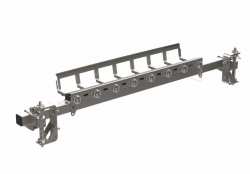 |
CleanScrape® Secondary Cleaner | 1000 fpm (5.1 m/s) | Up to 96 in (up to 2400 mm) |
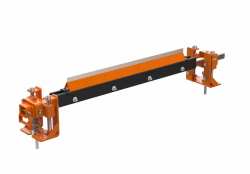 |
DT2S Reversing Cleaner | 900 fpm (4.6 m/s) | Up to 126 in (up to 3200 mm) |
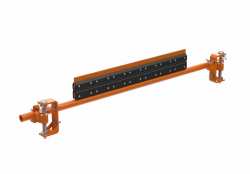 |
SQC2™ Cleaner | 1000 fpm (5.1 m/s) | Up to 126 in (up to 3200 mm) |
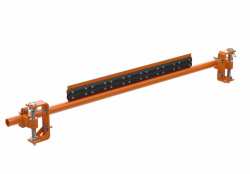 |
SQC2™ Mini Cleaner | 1000 fpm (5.1 m/s) | Up to 126 in (up to 3200 mm) |
 |
SQC2S™ Secondary Cleaner with Orion Blades | 1000 fpm (5.1 m/s) | Up to 96 in (up to 2400 mm) |
Eliminate fugitive material and carryback completely with a high-performance secondary cleaner.
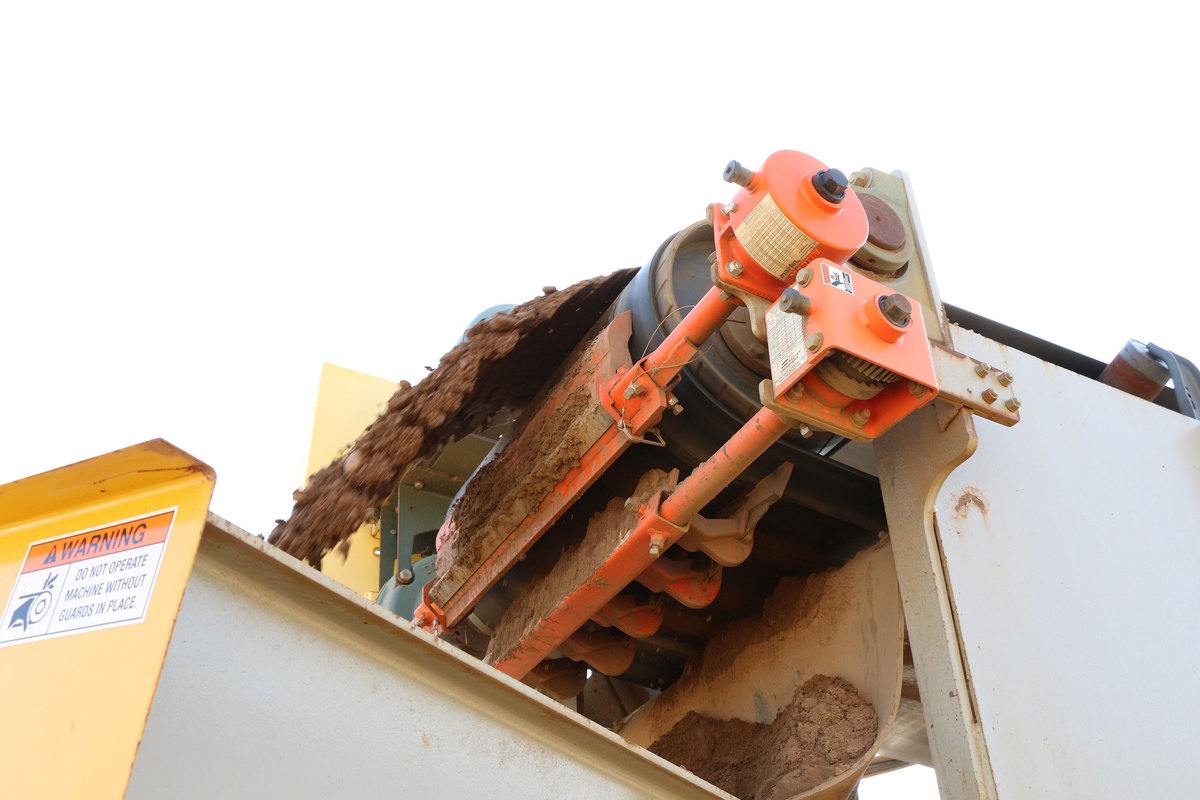 Martin Engineering’s secondary cleaners are installed at the point where the belt leaves the discharge pulley to remove any residual amounts of material that the primary cleaner left on the belt. Typically, a secondary cleaner is installed against a roller close enough to the primary cleaner that the material is returned to the main material stream. Additional secondary cleaners can be added for final cleaning.
Martin Engineering’s secondary cleaners are installed at the point where the belt leaves the discharge pulley to remove any residual amounts of material that the primary cleaner left on the belt. Typically, a secondary cleaner is installed against a roller close enough to the primary cleaner that the material is returned to the main material stream. Additional secondary cleaners can be added for final cleaning.
Like the primary belt cleaners, these products are highly durable and efficient. Plus, you can choose from models designed to work with high-speed belts of varying widths.
Our technicians and engineers are available to provide expert advice and assistance on these products and all of your bulk material handling questions and problems. Please contact us today and let us help!
- Keep belts cleaner than other types of cleaners
- Prevent carryback and the unscheduled downtime it causes
- Keep bulk material in the flow stream
- Reduce the hazards of accumulating fugitive material
- Minimize the risks associated with airborne dust
- Eliminate the need for hazardous maintenance and housekeeping
- Less fugitive material means more throughput and more profit
- Eliminate unnecessary downtime for maintenance and housekeeping
- Lower cost of ownership saves you money
Note: Selecting the correct belt width depends on the design and operation of your belt conveyor. The following two criteria are important for the selection of belt cleaners:
1. The cleaning width. Consider the width of the material to be cleaned, and the possible belt misalignment on your conveyor.
2. The length of the scraper main frame. Consider the width of the conveyor structure or chute enclosure and, in addition, the width of the tensioners. It must be possible to insert the scraper main frame at a sufficient depth into the tensioners and fix them there.
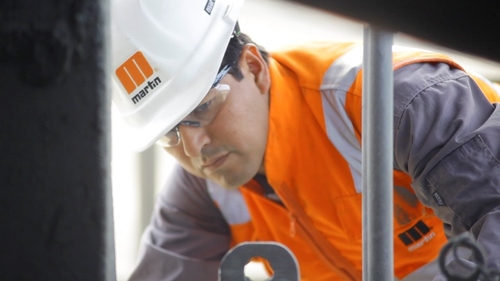
Save With Our Martin® Walk the Belt™ Service!
Every conveyor is different, even within the same facility! We can provide regularly-scheduled reviews of your bulk material handling system components, involving a specialized crew with the expertise necessary to achieve high operating standards, keeping the conveyor system running at maximum productivity. Immediate data and photos will be available to facility managers and our suggestions will ensure long-term savings and efficiency.
Get Your Belts Reviewed By People Who Know What They’re Looking At -- At No Charge!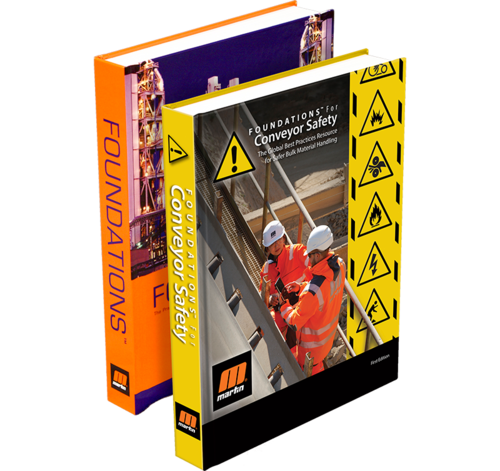
Foundations™ for Conveyor Safety
Learn to Calculate your Return on Conveyor Safety™ with our compilation of worldwide best practices for safer bulk material handling in this first-ever textbook dedicated exclusively to the safety of conveyor systems.
Request Your FREE PDF or Hard-Back Copy